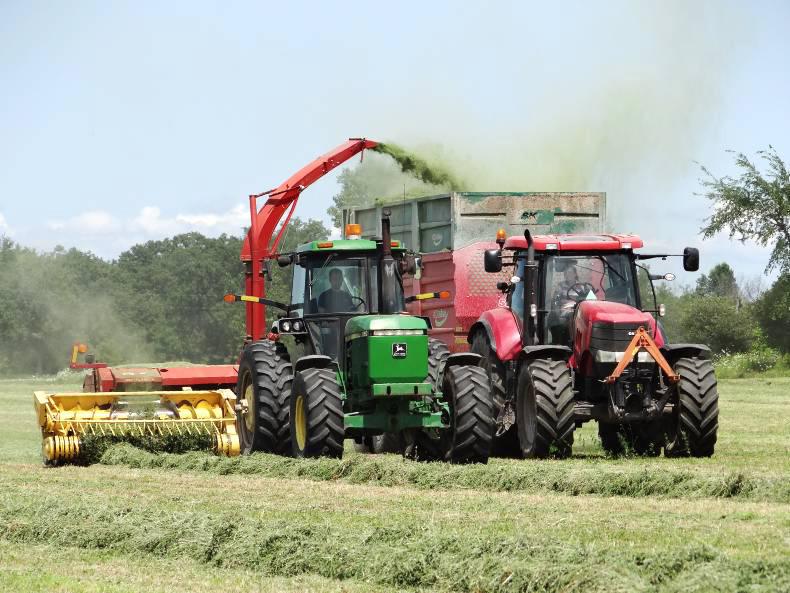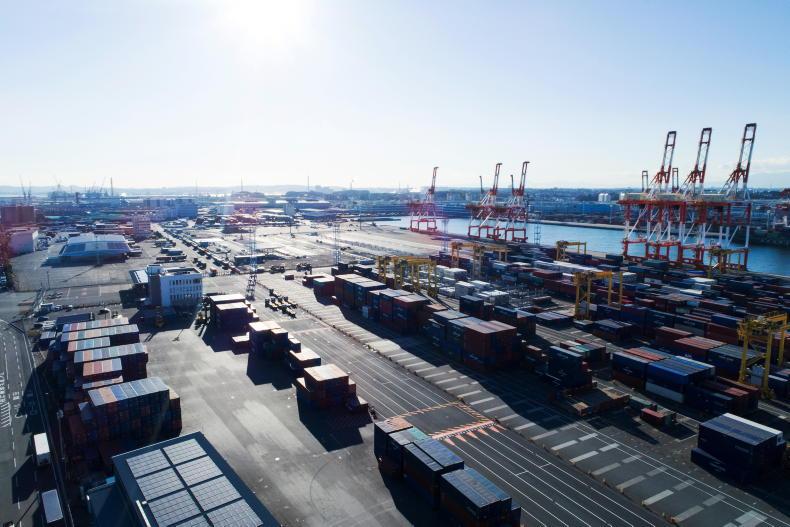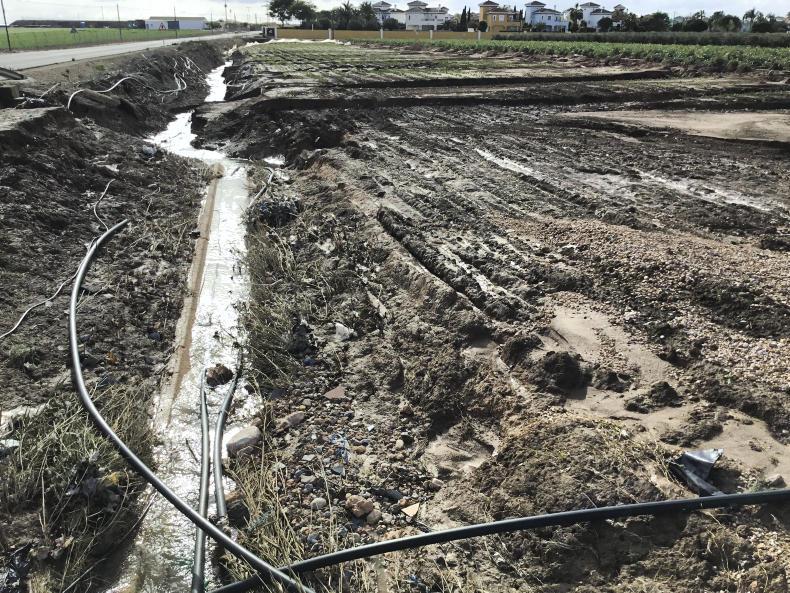The labour gap in Canadian agriculture is reported to be larger than any other sector in the country and is continuing to grow. At current trends, by 2025 the labour shortage in the industry could be equivalent to 114,000 jobs, the study suggests.
It is estimated that the labour shortage currently costs the industry $1.5bn annually in lost sales, which equates to 3% of overall annual sales from agriculture. Of the 1,037 people surveyed, 17% said that they decided not to expand their businesses due to labour shortages.
The study was carried out for the Canadian Agricultural Human Resource Council (CAHRC) and was presented at the Growing the AgriWorkforce summit in Winnipeg earlier this month.
CAHRC executive director Portia MacDonald-Dewhirst said: “The situation is critical now and will only get worse unless it is effectively addressed.”
The industry has made efforts recently to encourage young people into agriculture. However, historically the farming industry has depended on foreign workers with around 3% of immigrants taking up jobs in agriculture.
The Conference Board of Canada described the reasons for the labour shortfall as a “perfect storm” of challenges. These include the seasonality of work, lack of residency opportunities for migrant farm workers, wages and the rural location of the sector’s employment opportunities.
Although the research focused on primary producers, the CAHRC pointed out that significant labour shortages also exist further down the supply chain in food processing. For example, the Canadian Meat Council estimates that there are 500 to 1,000 vacant jobs at any one time in meat processing.
The CAHRC warned that unfilled jobs in the sector would require food processing to take place in other countries such as the US and Mexico with food having to be imported back into Canada for consumers at additional costs.
Read more
Dairy farming under quota in Canada
The land of milk and money owed to the bank
The labour gap in Canadian agriculture is reported to be larger than any other sector in the country and is continuing to grow. At current trends, by 2025 the labour shortage in the industry could be equivalent to 114,000 jobs, the study suggests.
It is estimated that the labour shortage currently costs the industry $1.5bn annually in lost sales, which equates to 3% of overall annual sales from agriculture. Of the 1,037 people surveyed, 17% said that they decided not to expand their businesses due to labour shortages.
The study was carried out for the Canadian Agricultural Human Resource Council (CAHRC) and was presented at the Growing the AgriWorkforce summit in Winnipeg earlier this month.
CAHRC executive director Portia MacDonald-Dewhirst said: “The situation is critical now and will only get worse unless it is effectively addressed.”
The industry has made efforts recently to encourage young people into agriculture. However, historically the farming industry has depended on foreign workers with around 3% of immigrants taking up jobs in agriculture.
The Conference Board of Canada described the reasons for the labour shortfall as a “perfect storm” of challenges. These include the seasonality of work, lack of residency opportunities for migrant farm workers, wages and the rural location of the sector’s employment opportunities.
Although the research focused on primary producers, the CAHRC pointed out that significant labour shortages also exist further down the supply chain in food processing. For example, the Canadian Meat Council estimates that there are 500 to 1,000 vacant jobs at any one time in meat processing.
The CAHRC warned that unfilled jobs in the sector would require food processing to take place in other countries such as the US and Mexico with food having to be imported back into Canada for consumers at additional costs.
Read more
Dairy farming under quota in Canada
The land of milk and money owed to the bank









SHARING OPTIONS